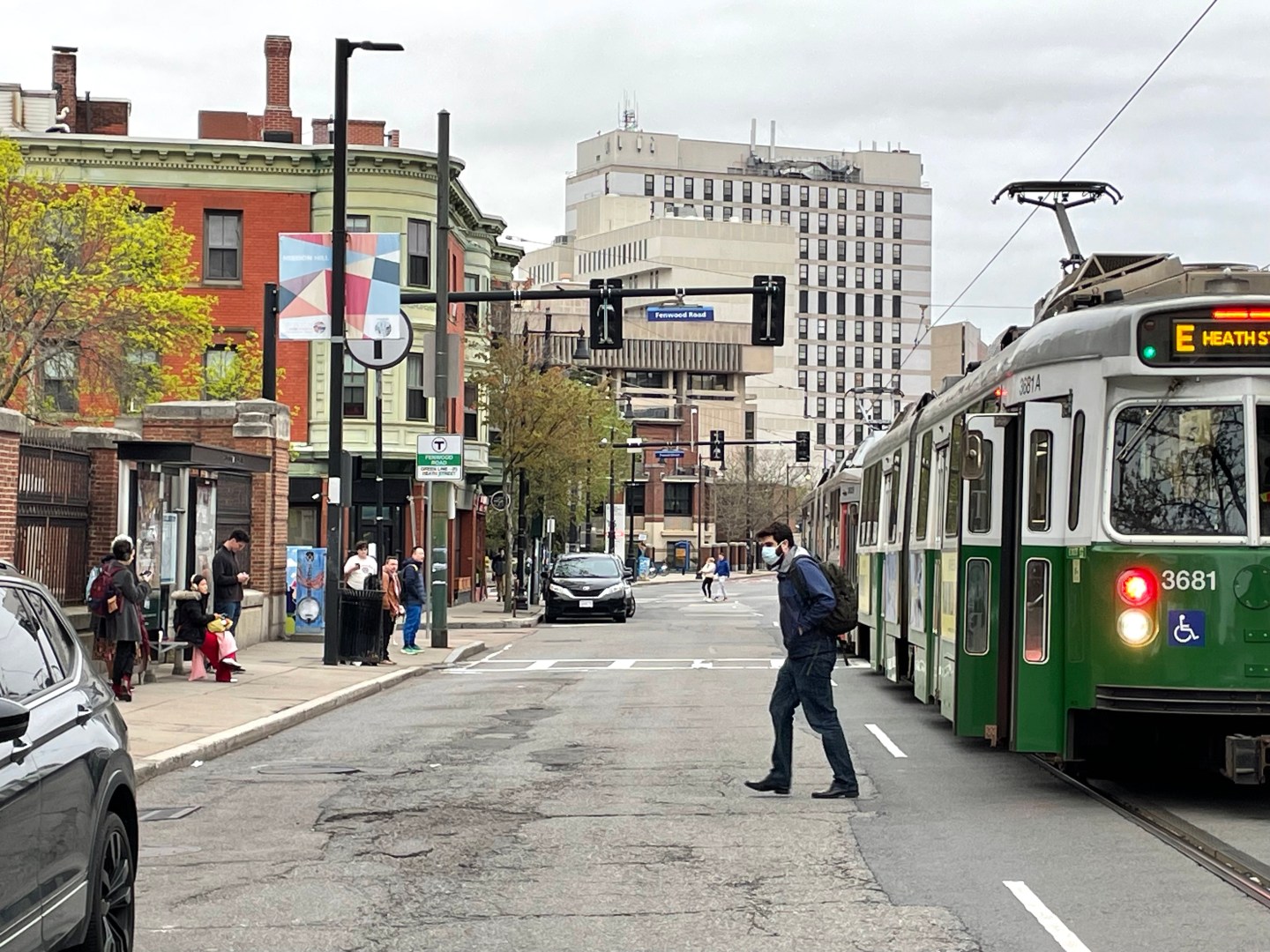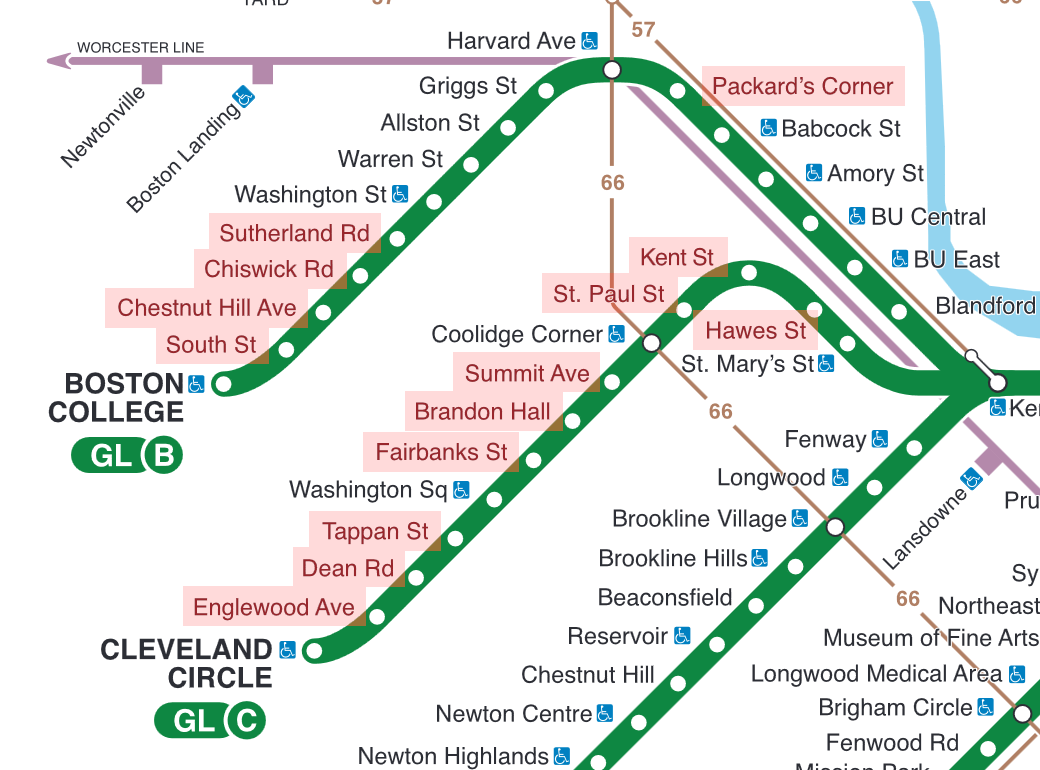Mother Brook
New member
- Joined
- May 3, 2023
- Messages
- 22
- Reaction score
- 63
This was never a thing that made it past the internet. And it makes little sense unless Milton and one of the NIMBYest parts of Boston is going to build towers, not to mention any environmental issues from building alongside the Neponset.Does no one care about converting it to a Red Line extension anymore? Seems like a really logical thing to do.
What we can see from the counts is that most passengers are using the Trolley to get from Mattapan to Ashmont and points north, with a smaller portion going to Milton / lower mills. Many of those trips would be better served by the Fairmount Line if service were frequent or the Blue Hill Ave bus lanes that are in design along with better east/west routes in Dorchester. The trolley ridership was never higher than a middling bus line regardless of which counts you use.


